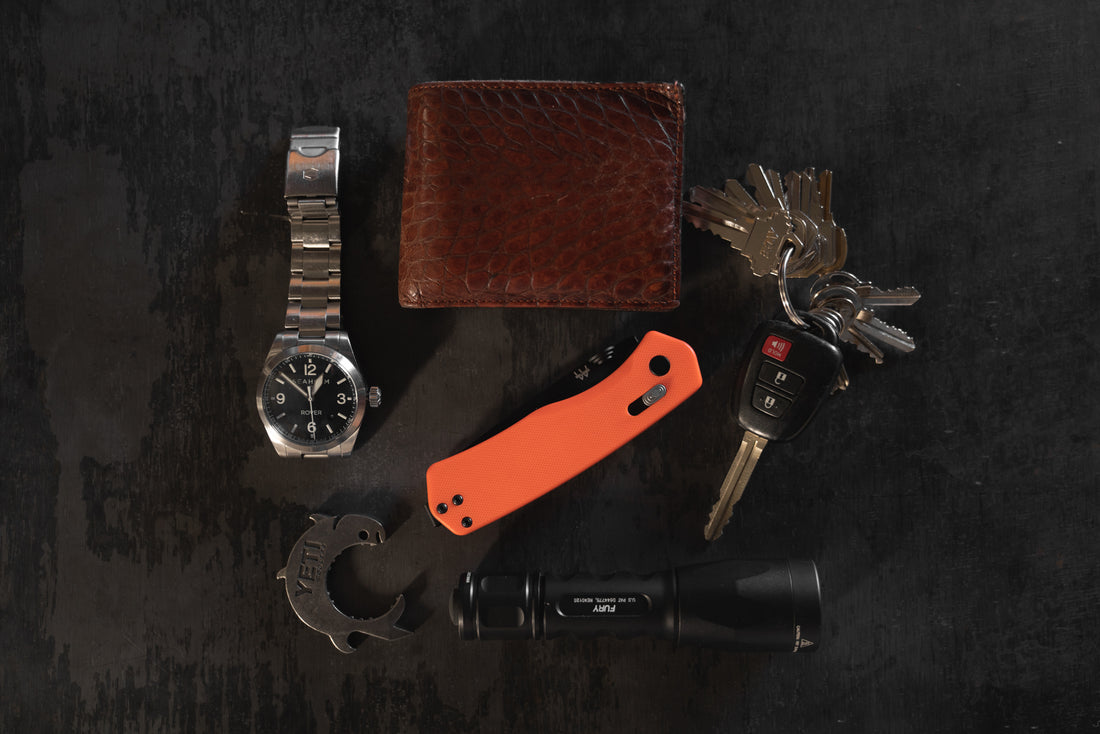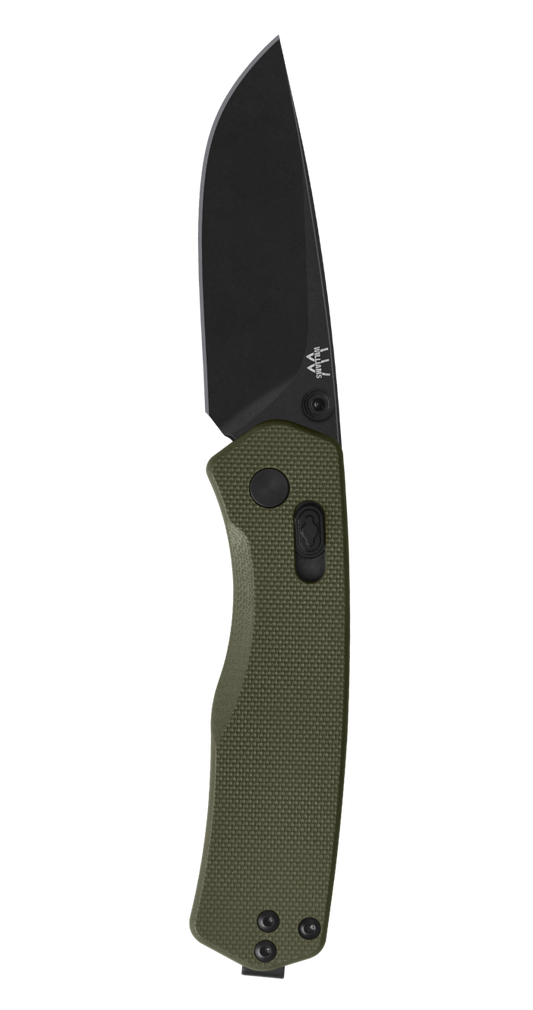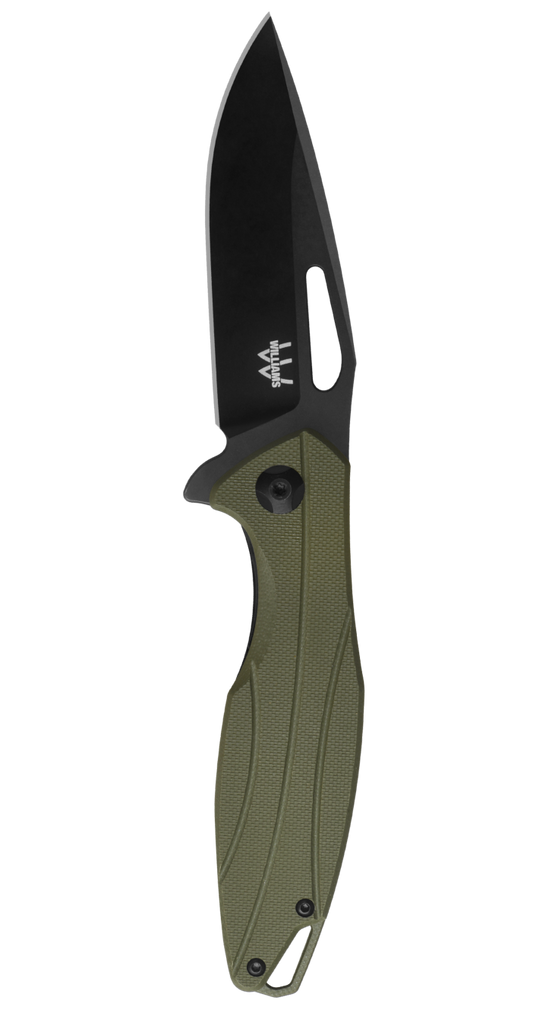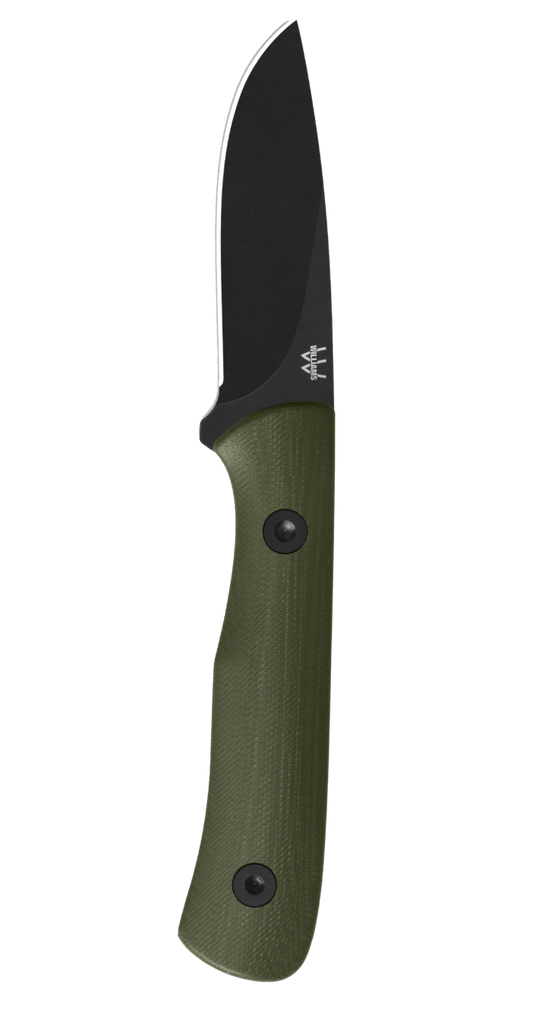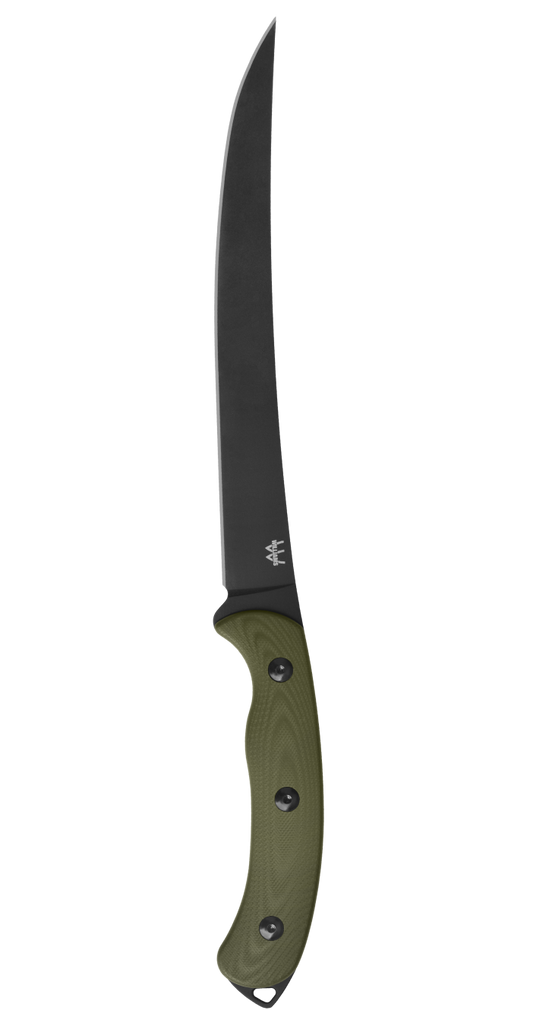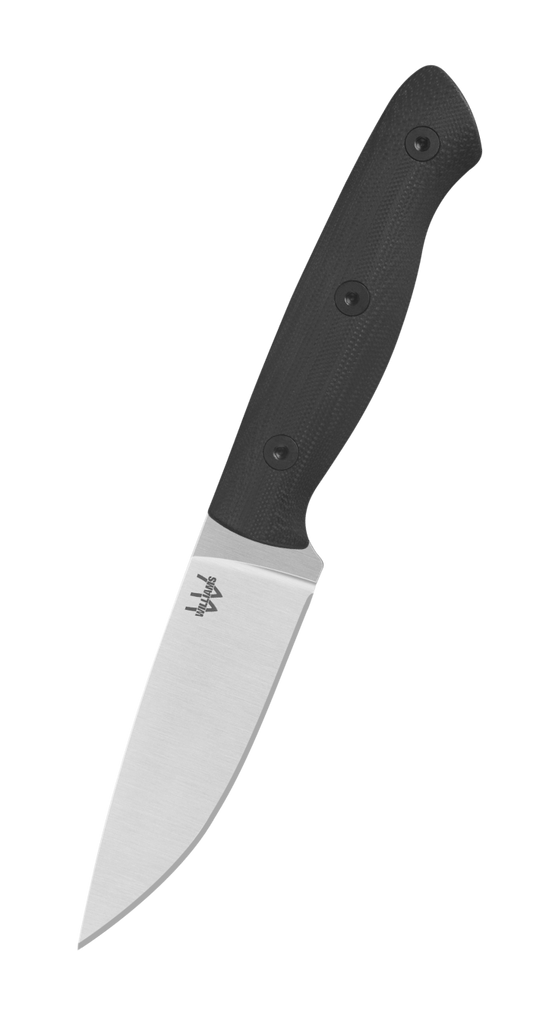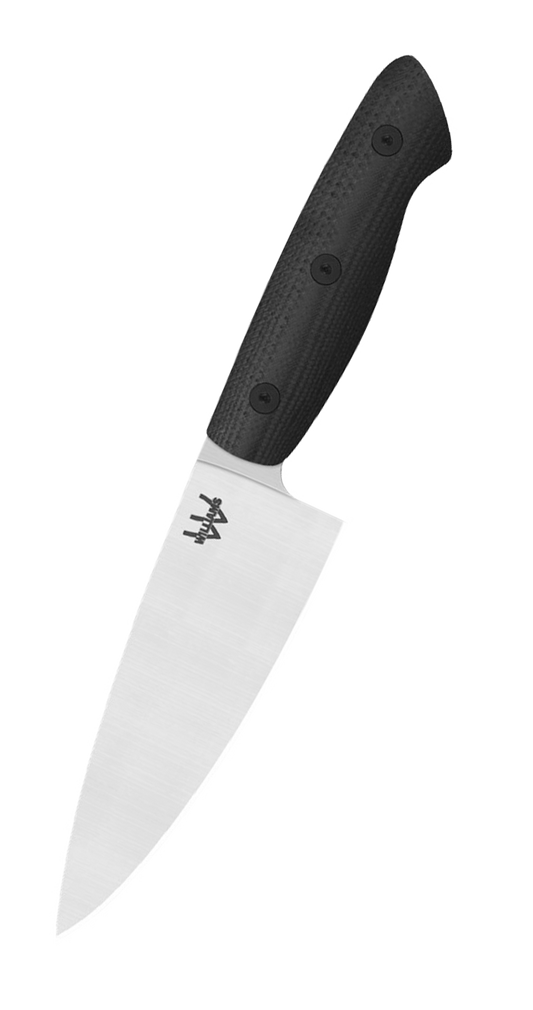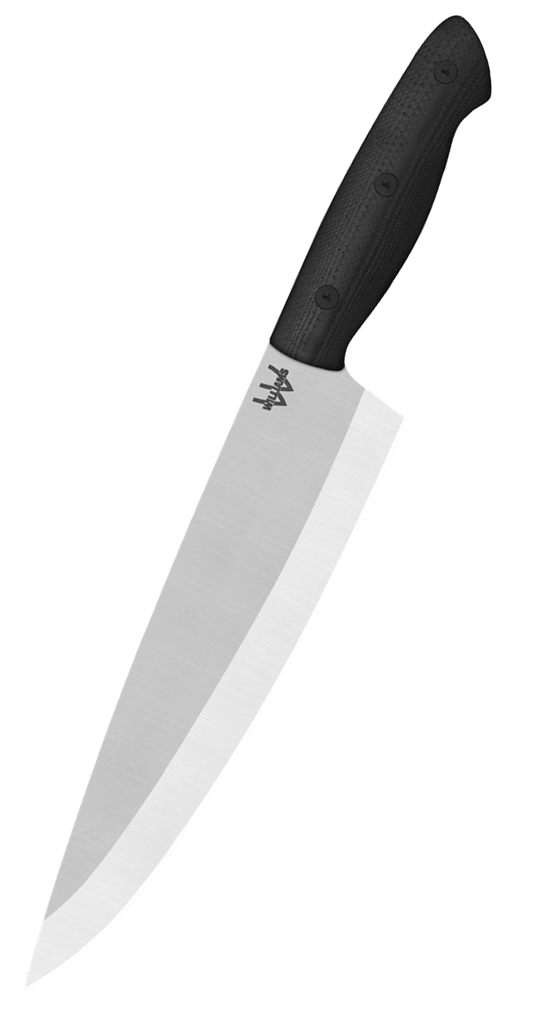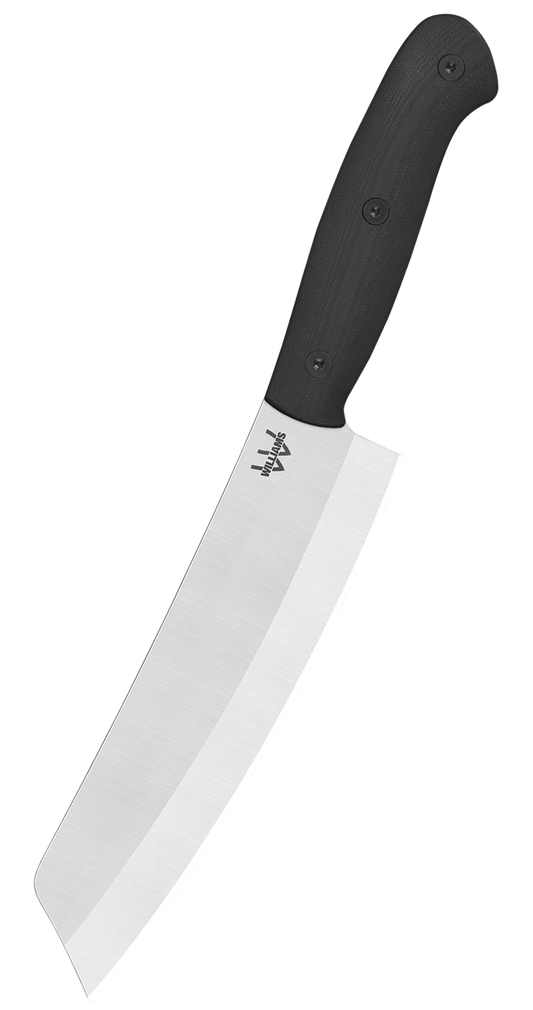Making the Cut: 5 Things to Consider When Choosing an Everyday-Carry Pocket Knife
When selecting the perfect pocket knife for everyday carry, it’s important to choose an option that can tackle a broad range of tasks — from opening packages and slicing fruit to whittling, cutting tags off newly purchased clothing, cleaning game and lots more. It’s also imperative to pick a knife that’s a good fit for the user and for his or her specific needs and preferences. This is the case whether those needs and preferences relate to the shape of the blade, the knife’s overall weight and length, or the material used to create the essential, take-nearly-everywhere tool.
Clearly, with a tool as important and as frequently relied-upon as an everyday-carry knife, choosing the right one should not be a rushed decision. Before making a final decision on the best everyday-carry knife for your needs, consider these five important features and characteristics that can make the difference between a lifelong keeper and a knife that rarely leaves the junk drawer:
- Size/weight — When it comes to an everyday pocket knife, most people want a style that is lightweight enough to carry and use with minimal effort, and that (as the name “pocket knife” implies) fits easily into the pocket. And delivering a fit for both portability and functionality, a folding knife with a blade in the 2.5-inch to 4-inch range typically hits the sweet spot in all of these areas for most users.
- Blade material — Widely considered the most important feature of a pocket knife, a blade can be made with various different steel types. The most common types of steel used to make today’s folding pocket knives include stainless steel, carbon steel and titanium, with each offering their own advantages.
Stainless steel offers high levels of strength and rust resistance, and it typically requires little maintenance. A blade made with carbon steel offers superior edge/sharpness retention, but it typically needs more maintenance to prevent it from rusting. And while blades made with titanium are lightweight and non-corrosive, making them easy to handle and much less susceptible to rust, they are also typically softer than other steels, lowering their levels of edge retention and thereby requiring more frequent sharpening.
- Blade shape — Knife blades are made in an array of different shapes, and the best choice for a specific user typically depends on the primary intended use. The most common shapes seen in everyday carry knives, though, are the clip point and the drop point , largely due to their high levels of versatility.
The clip-point blade, with a cutting edge that’s primarily straight before going into a slight upward slope for its leading third or so, is an excellent choice for an all-purpose knife. Also a good all-around blade choice, the drop-point blade features a slope along its entire cutting edge that grows more pronounced toward the point. This versatile blade type is easy to use and maintain, but it features a narrower tip than the drop point, making it less effective for piercing tasks.
- Handle — Whatever material an everyday-carry knife handle may be made of (more on that below), it’s critical that the knife handle feels comfortable in the user’s hand and provides a firm grip when the knife is being put to use. Buyers should seek out a handle that is long enough to run at least across the entire palm of the hand, plus features an ergonomic grip that feels good/comfortable and doesn’t slip when being held tightly.
Regarding everyday-carry handle composition, the ideal choice generally depends on user preference — but some of today’s most common handle materials include textured plastic, metal, wood and composite materials. An increasingly popular choice for high-end modern pocket knives, G-10 is a textured composite material that is lightweight for easy maneuverability, while also offering extreme durability and minimal slippage.
- Locking mechanism — A trustworthy locking mechanism can help ensure user safety by preventing a pocket knife from accidentally closing during use, or from inadvertently being opened when not in use. Common and effective lock types include the sliding lock, lock back, liner lock, frame lock, button lock and bolt-action lock, with the best choice largely depending on the user’s personal preference.
About Williams Knife Co.
Originating in Charleston, South Carolina, Williams Knife Co. is the project and passion of avid outdoorsman and longtime knife-maker Chris Williams. Each handmade from blade to sheath using steel and natural materials, the custom hunting and fishing knives in the Williams Knife Co. lineup blend functionality and beauty to create useful works of art that can also serve as long-treasured heirlooms. To explore the full collection, visit williamsknife.com.
